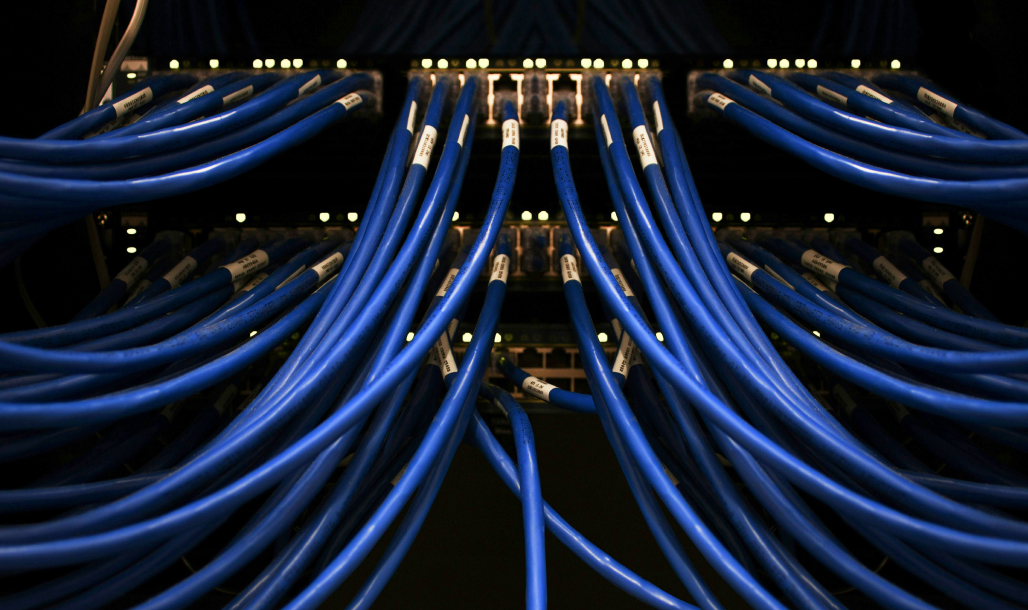Companies today depend more than ever on high-speed, reliable and secure networks. The excitement surrounding the speed of Wi-Fi or cloud applications are often obscured by the meticulously designed cable system that powers the whole network.
There is no option but to get the correct structured cabling installed as it’s a must.

Image credit: gokaravan.com
What is Structured Cable, Really?
Structured cabling is the physical structure of your IT infrastructure. It’s standard way to arrange cables and hardware to ensure that computers, phones, servers, and security systems are able to communicate and connect. A structured cabling system does not have the jumble of wires you’ll see in older installations. It’s neat rational, clear and built to adapt to the changing technology.
It’s important to make a plan for your cabling infrastructure in order to be able to support all of your operations such as audio, data, multimedia and various other technologies. Modularity lets you modify, add or move systems without major disruption. Most importantly, it’s adaptable, ready to expand with your company’s.
The reason Structured Cabling Services are Important
The best solution for structured cabling is not one size is perfect for all. Every structure, every industry, and each type of business has its own demands for performance. Working with a service provider that is experienced in structured cabling is vital.
Professionals will assess your existing infrastructure, the future requirements and the physical layout in order to create a customized design. These include horizontal and backbone cabling, patch panel distribution frames, as well as quality assurance tests for every cable.
Karavan Technology is one example of a company offering an end-to-end structured cabling solution across the US, Canada and beyond. These services are designed for easy installations and high-performance environments. The company offers solutions that range from Cat5E cabling through high-frequency Cat7 cables capable of handling 1200MHz.
The Structured Cabling Installation Procedure
One of the biggest misconceptions is that structured cabling installation is disruptive. In truth, a skilled team can perform installations quickly and cleanly often without affecting daily operations.
Here’s the basic installation procedure:
1. Assessment and Design: Engineers evaluate the space as well as determine the best cable routes and then map out the endpoints.
2. Installation: Racks, cables as well as patch panels and outlets are neatly installed and labeled.
3. Testing and Certification: Every connection is tested to ensure signal quality and certified for quality standards.
4. Documentation: A full map of your cabling system is included to help you troubleshoot or upgrade your system in the future.
The end result is a digital device that’s ready to connect and play. It is there for a long time.
Future-Proofing Structured Cabling Systems
Your infrastructure needs to keep up with the ever-changing pace of technology. A structured cabling solution which is implemented correctly can offer benefits for the future, which make it easy to expand or upgrade your network without starting over. It is possible to integrate new devices, workstations, or servers without having to do complete overhaul.
Furthermore, with the demands for data growing, especially in cloud video conferencing and computing, having a strong base can prevent bottlenecks and guarantee continuous performance. You don’t have to be concerned about loss of signal, or the cost of delays due to faulty wiring.
Final Thoughts
Structured cabling may be away from sight but it should not be forgotten. The structure of cabling is the basis for a secure network that supports all aspects of your business. It can boost the efficiency of your business, and create the foundations for future success by having a skilled structured cable installation.
If you’re setting up a new office, upgrading your existing system, or planning a major deployment and you’ll never regret investing in structured cabling.